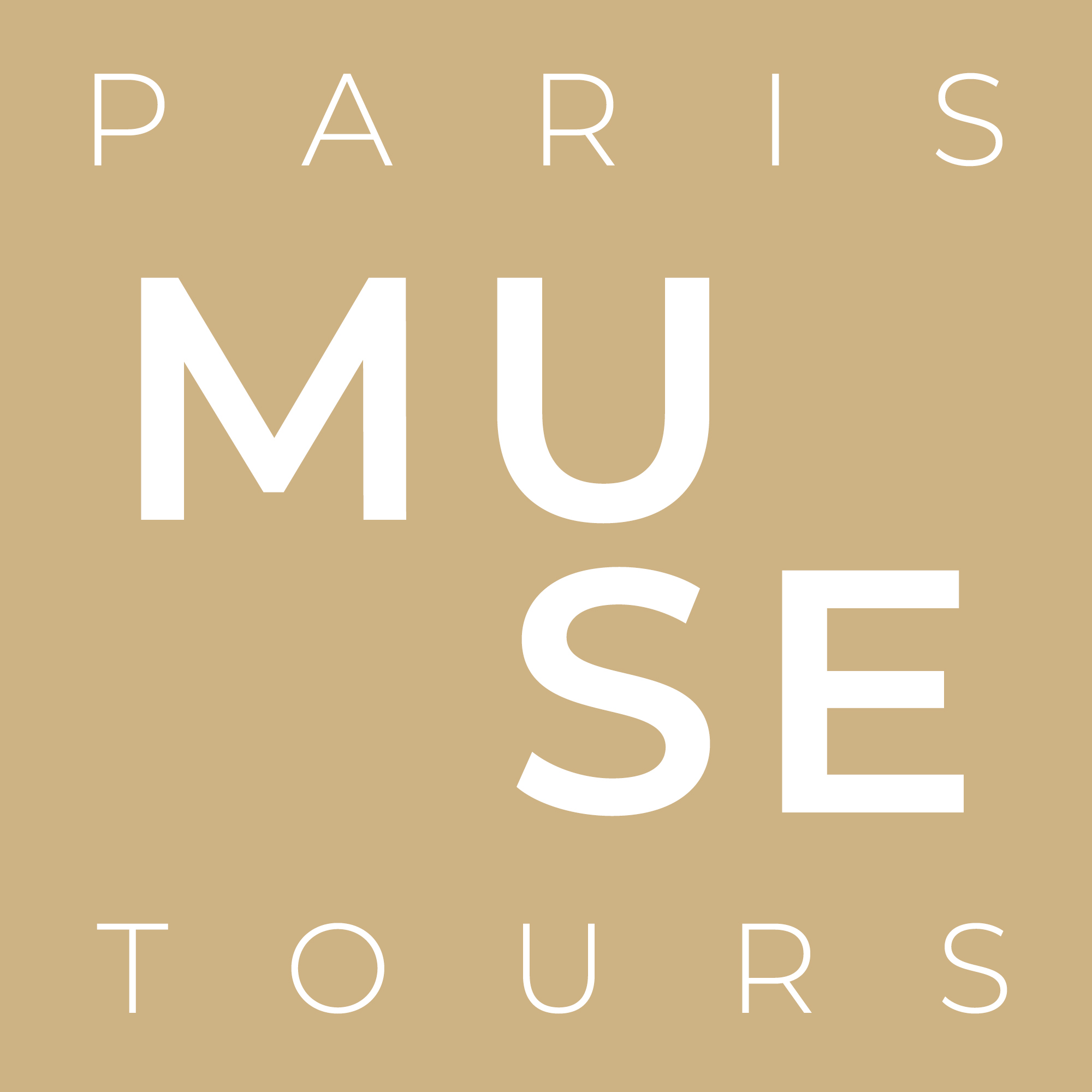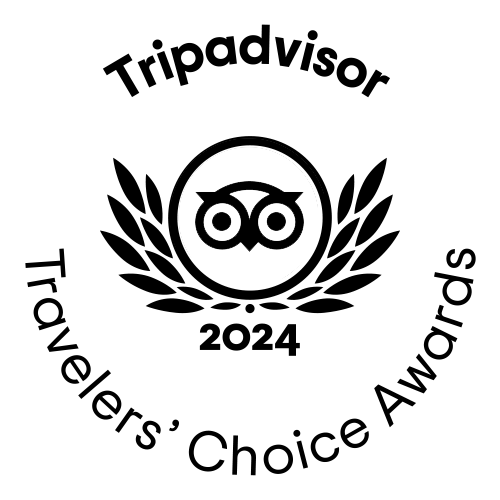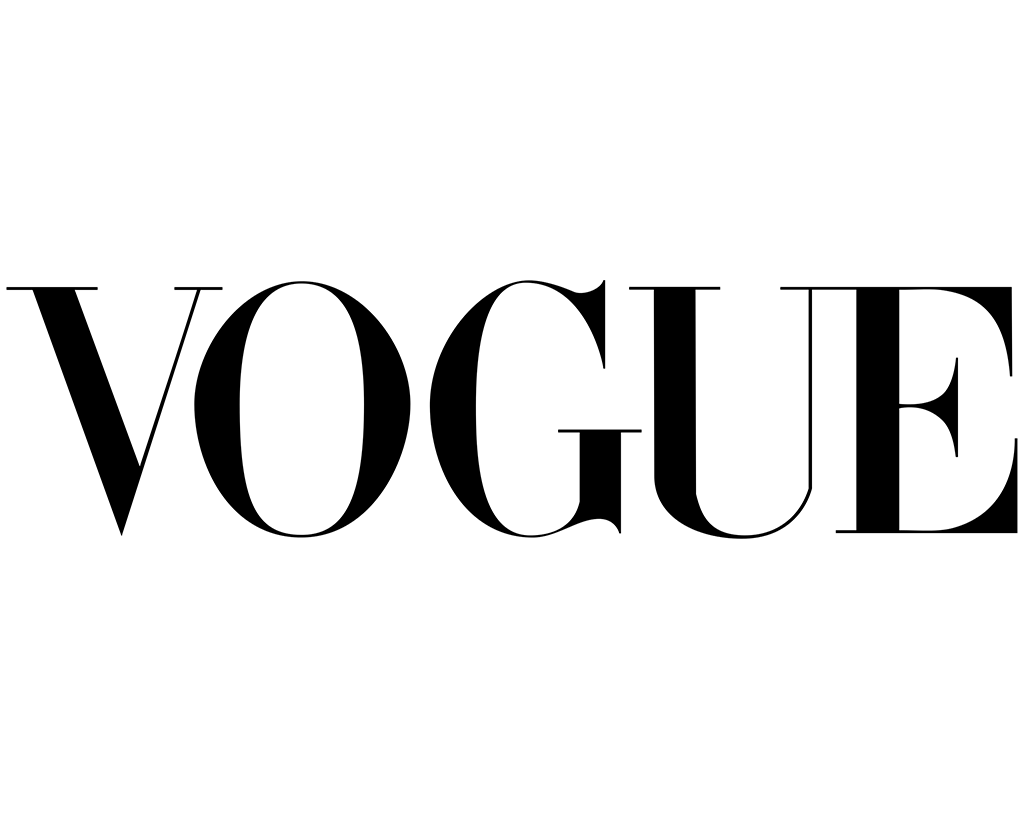Amedeo Modigliani: A Painter and His Dealer at the Musée de l’Orangerie (September 20, 2023–January 15, 2024) takes a fresh look at his iconic paintings.
We sat down with veteran Paris Muse guide Stephanie Nadalo, who is also an assistant professor of Art and Design History at Parsons Paris. Stephanie is leading in-depth tours of the current Modigliani exhibition (September 20, 2023–January 15, 2024) at the Orangerie Museum (Reservations by request at info@parismuse.com). We asked her to tell us more about the famous painter Amedeo Modigliani (1884-1920) and what makes this must-see show such a unique opportunity.
Q: Modigliani at the Orangerie is going to bring in the crowds! Of all the iconic artists working in early 20th-century Paris, Modigliani seems to be one that many people remember and admire. Why are we so drawn to him?
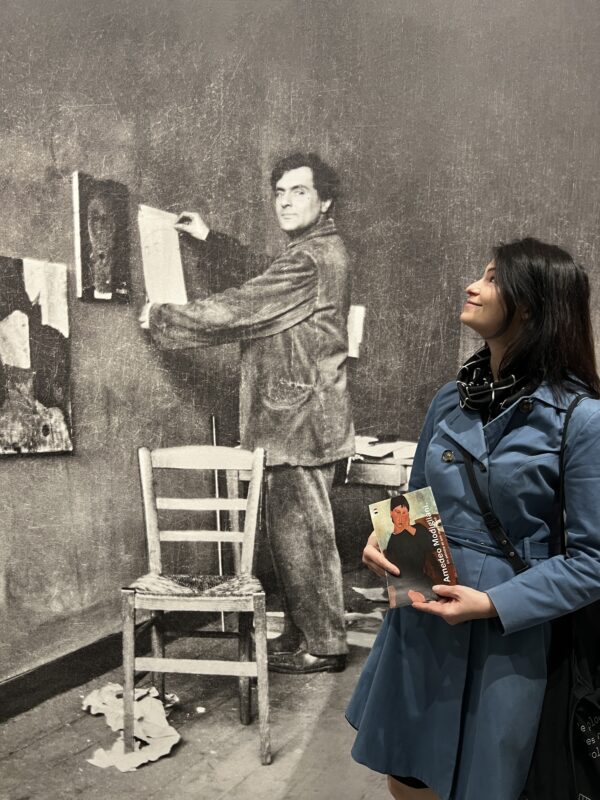
A: Although Modigliani struggled as a Bohemian artist during his lifetime, his international reputation grew after his death. Considering that Modigliani died nearly penniless, it is remarkable that in 2018, his 1917 painting of a reclining nude, Nu couché, broke auction house records and sold for 157.2 million dollars at Sotheby’s. Art market aside, it’s wonderful that his paintings and sculptures are now fully in the public limelight! He’s having a moment—last year the Barnes Foundation in Philadelphia hosted a major retrospective entitled “Modigliani Up Close” and Paris is buzzing with excitement about this Orangerie exhibition.
Modigliani’s larger-than-life personality contributed to his fame. Born in Livorno, Italy into an erudite but recently bankrupt Sephardic Jewish family, Modigliani arrived in Paris in 1906 and soon became friends (and rivals) with the other international artists and poets of his day: the young Pablo Picasso, the poet Guillaume Apollinaire, the Belarussian painter Chaïm Soutine, and the Romanian sculptor Brancusi, to name just a few. While his contemporaries admired Modigliani’s personal charisma and elegance, he was also plagued with health troubles and a penchant for heavy drinking. He lived intensely and had a a near mythical reputation when he died at the young age of 36 from tuberculosis in 1920. It’s such a compelling story that it was dramatized for a 2004 movie starring Andy Garcia, if you want to check it out!
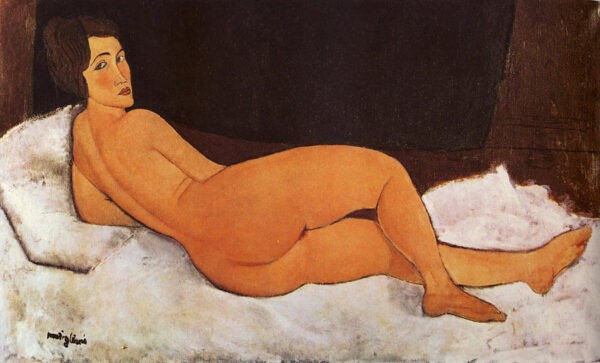
Q: The fact that the Orangerie museum inherited Paul Guillaume’s magnificent modern art collection makes it an ideal place for this exhibition. Can you tell us a bit more about the relationship between Modigliani and his art dealer?
A: Paul Guillaume’s networking and promotional skills helped launch the careers of Modigliani and several other artists. Not many exhibitions focus on the influential role of dealers in shaping the history of modern art, so this is a fresh approach. Although Guillaume came from a middle class background, he quickly rose to prominence as a collector and promoter of modern and African art. He amassed an impressive collection, and much of it is now at the Orangerie. Modigliani had high hopes for Guillaume’s future impact, and so in 1915 he immortalized his dealer in a portrait inscribed with the Italian words ‘Novo Pilota,’ or new pilot, praising his new dealer and friend as a visionary pioneer.
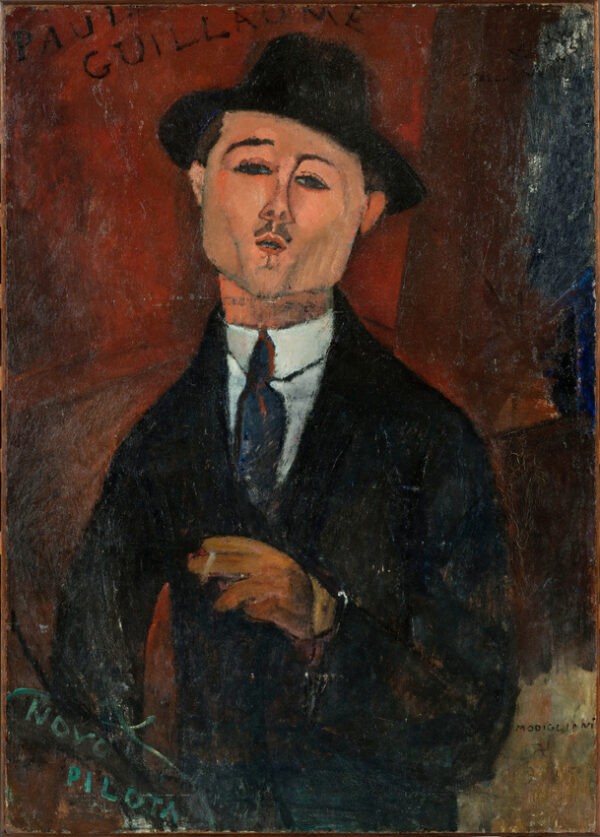
Q: Your tour combines the temporary Modigliani exhibition with the permanent collection of the Orangerie. How is seeing both at the same time an advantage?
A: This Orangerie exhibition offers the rare opportunity to dive deeply into Modigliani’s work while also exploring the paintings made by his best friends (Soutine) and rivals (Picasso). Since these artists belonged to the same social circles, the combined visit is essential for understanding the creative exchange and human drama that unfolded in the Bohemian districts of Montmartre and Montparnasse.
Another neat connection is that the Orangerie houses a small collection of African art once owned by Paul Guillaume. Like his dealer, Modigliani was fascinated by African art. His signature style—the portraits of elongated figures composed of stylized geometric forms—owe much to both African and Oceanic art, actually. But the themes repeated in his work (the nude, caryatids) also reflect his reverence for classical art from his native Italy. This blend of influences have led art historians to call Modigliani a “modern primitivist.” The larger history of how other European artists (like Picasso or Matisse) borrowed from Africa is visible in the Orangerie’s permanent collection, so it provides context for understanding how Modigliani fits into that fascinating story.
Q: In addition to your work as an art historian and educator, you’re also serving on the board for the Atelier 11 Cité Falguière, which is in the former studio of Modigliani, I believe. That’s such a cool connection–the Modigliani legacy lives on in a space still used by artists! How can people find out more about this community?
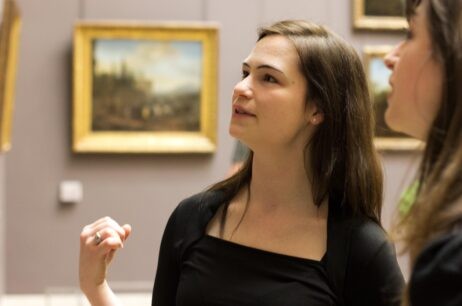
A: Indeed, I am thrilled to be part of the international community of artists and art historians who support Atelier 11 Cité Falguière. Home to l’AiR Arts, this non-for-profit art research residency is housed in the former Montparnasse atelier where Modigliani, Soutine and other notable artists once lived and worked. Although the entire cul-de-sac street was once filled with affordable artist spaces, urban renovations in the 1960s destroyed most of the surrounding ateliers. Luckily the facade of No.11 looks virtually the same as it did at the time of Soutine’s painting from 1915-1916. Efforts to preserve the historic building and renovate the interior are underway, with partial financing provided by the Fondation de Patrimoine and the rest coming from private donations. Today the atelier supports the dual goals of historic preservation and contemporary creation. If you’re in Paris, and you’d like to visit the space, it will be open to the public for the upcoming National Days of Architecture Oct 13-14.
Practical Info
Amedeo Modigliani: A Painter and His Dealer (September 20 to Jan 15, 2024). To reserve your private tour with Stephanie contact info@parismuse.com
Temporary Exhibition + Permanent Collection Tour//2 hours, 6-person maximum//200 euros for parties of 2 or more. 255 euros for individuals.
